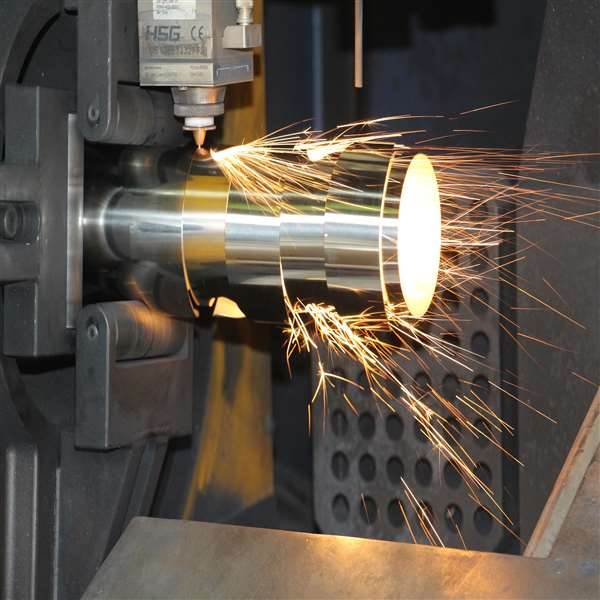Digital Manufacturing Revolution: Impact on Sheet Metal, CNC, and Stamping+ View more
Digital Manufacturing Revolution: Impact on Sheet Metal, CNC, and Stamping
+ View more
Date:2023-12-18 19:39
The landscape of manufacturing is undergoing a seismic shift propelled by the advent of digital technologies. This revolution, driven by digitization, is reshaping the traditional paradigms of sheet metal fabrication, CNC machining, and stamping, ushering in an era of unparalleled innovation and efficiency.
Digital Transformation in Sheet Metal Fabrication
Digitalization has infused sheet metal fabrication with a new realm of possibilities. Computer-aided design (CAD) software enables precise and intricate designs, transforming concepts into tangible products with exceptional accuracy. Virtual simulations facilitate rapid prototyping, minimizing errors and optimizing material usage, thereby streamlining the fabrication process.

Impact of Digitalization on CNC Machining
The integration of digital technologies has revolutionized CNC machining. Advanced software interfaces facilitate seamless communication between CAD models and CNC machines, ensuring precision and minimizing production time. Real-time monitoring and predictive maintenance bolster operational efficiency, reducing downtime and enhancing overall productivity.

Transformative Effects on Metal Stamping
Digitalization has redefined metal stamping methodologies. Simulations and modelling tools fine-tune die designs, allowing for optimal material flow and reducing material waste. High-speed presses equipped with digital controls achieve unprecedented accuracy, producing intricate stamped components for diverse industries with unparalleled efficiency.

Interconnected Systems and Industry 4.0 Integration
The convergence of digital manufacturing with Industry 4.0 principles signifies a paradigm shift. Smart factories equipped with interconnected systems and IoT sensors foster a data-rich environment. This data, when analyzed using AI-driven algorithms, facilitates predictive maintenance, optimizes workflows, and enables agile decision-making, revolutionizing the manufacturing landscape.
Cybersecurity and Challenges of Digital Manufacturing
While the benefits of digitalization in manufacturing are profound, cybersecurity emerges as a critical concern. The interconnected nature of systems necessitates robust cybersecurity measures to safeguard sensitive data, prevent cyber threats, and ensure uninterrupted operations in this digital era.
Future Trajectory and Innovation
Looking ahead, the trajectory of digital manufacturing promises continued innovation. Additive manufacturing, machine learning, and further advancements in AI are set to reshape the boundaries of what's achievable. The integration of digital twins and augmented reality in manufacturing processes foretells a future where efficiency, customization, and precision reach unprecedented heights.
Conclusion
In conclusion, the digital manufacturing revolution marks a transformative phase in the realm of sheet metal fabrication, CNC machining, and stamping. The fusion of digital technologies with traditional manufacturing methodologies elevates precision, efficiency, and adaptability to unparalleled levels. Embracing this revolution is pivotal for industries aiming to thrive in an increasingly competitive and dynamic global market.
Digital manufacturing isn't just a technological leap; it's a paradigm shift redefining the very essence of manufacturing, propelling industries towards a future where innovation knows no bounds.
Share to:
Recommend wonderful blog posts

